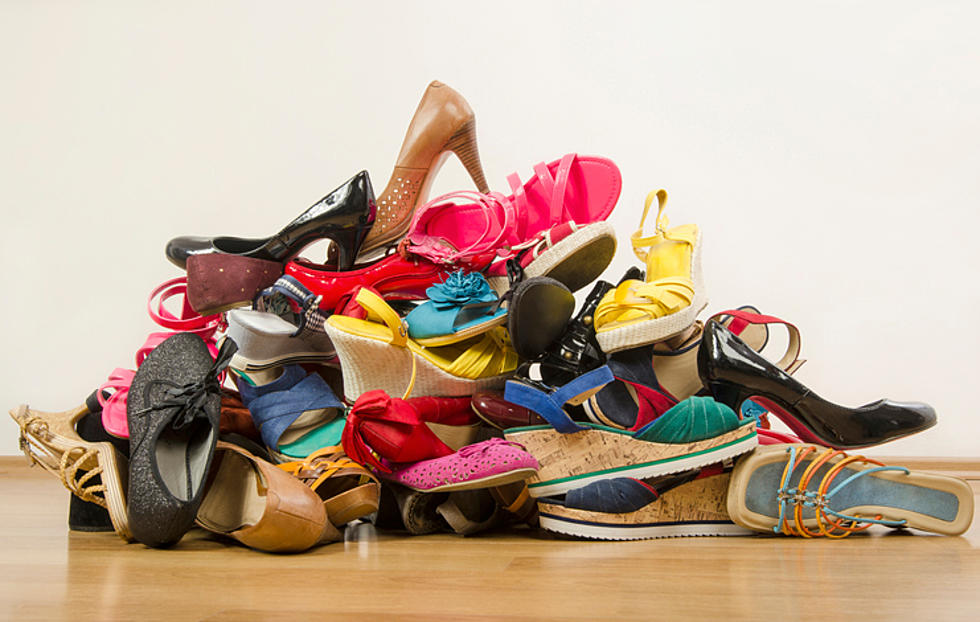
The Christmas Star Is Coming, Here’s How To See It In Rockford
As we told you a couple of weeks back, the "Christmas Star," last seen about 800 years ago, is going to make a return to the skies on December 21st, which just happens to be the first day of winter.
And, for those who've been paying attention, the two planets that will combine to create the Christmas Star effect, Jupiter and Saturn, are getting closer to each other by the day, and you can actually see it happening.
First off, the Christmas Star isn't actually a star at all. It will seem to be one because Jupiter and Saturn are going to appear so closely together that they'll look like one bright object.
The folks at Space.com call that the "Great Conjunction." Those of us of a certain age can feel free to call the area of the sky where it all takes place as "Conjunction Junction." If you just clicked on that link, be ready for a few hours of "stuck-song syndrome."
The Space.com piece also says that in the nights leading up to the appearance of the Christmas Star on Monday, December 21st, some good viewing of the planets drawing ever closer can be seen in the southwestern sky 45 minutes to an hour after sunset, "against the deepening cobalt blue of evening twilight."
As far as seeing the culmination of all this celestial moving about, the Christmas Star, on the 21st, Chicago's ABC-7 News says "you'll want to look to the lower southwest sky on the evening of December 21, right after sunset. It will only be visible for a brief time, for about an hour or so. The forecast Monday evening calls for mostly clear skies, so the Christmas Star should be easy to spot."
For those who are into this sort of thing, we'll see you out at the back fence on Monday night. If you miss it, you'll be kicking yourself for the next 800 years or so.
KEEP READING: Get answers to 51 of the most frequently asked weather questions...
More From WROK 1440 AM / 96.1 FM









